Every iPhone has some hidden Apple applications installed by default, and most of them work in the background to perform certain actions and processes such as filtering SMS messages, trusting computers, and handling payments. However, there are some hidden apps that you can access and open. You may have known some of them previously, but we mention them as a whole, to name a few.
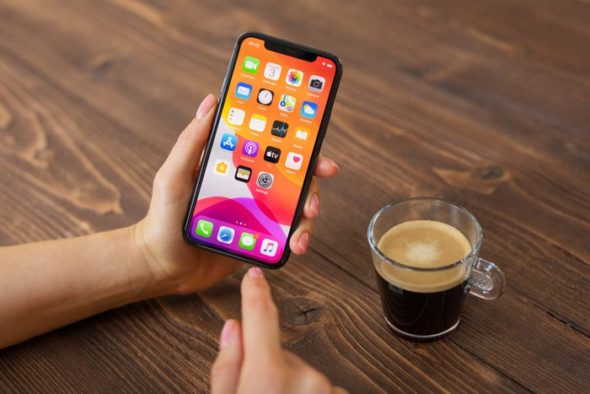
Siri is an application from a technical standpoint, as well as the setup that sets up the iPhone after the restore, Screen Time, or time using the device and Spotlight or Search are all applications from a technical point of view. As for the other hidden apps that we mean, they are:
Code Scanner

The camera app on your iPhone can scan QR codes without any problem, and will allow you to open links in Safari if you choose. It also works great with clip app codecs known as Clip.
However, there is another QR code scanning tool called “Code Scanner,” and it opens the links automatically with an in-app browser so that you can close the webpage and return to the scan directly. Sometimes it will take you to Safari or a third-party app, depending on how the QR code is designed, but the majority of links will only open within the Code Scanner app.
The Code Scanner user interface is much more than its camera app integration. For example, when you scan the App Clip icon in the camera, you will only get a small banner alert that you can tap to open the App Clip. In Code Scanner, it shows neat animation when it scans the App Clip icon, then App Clip opens directly.
Code Scanner can be added as a control to your Control Center, and you can also find it by searching from your home screen. You can even ask Siri to "Open a Code Scanner." However, you won't see it anywhere on your home screen, in the app library, or in settings.
Magnifier
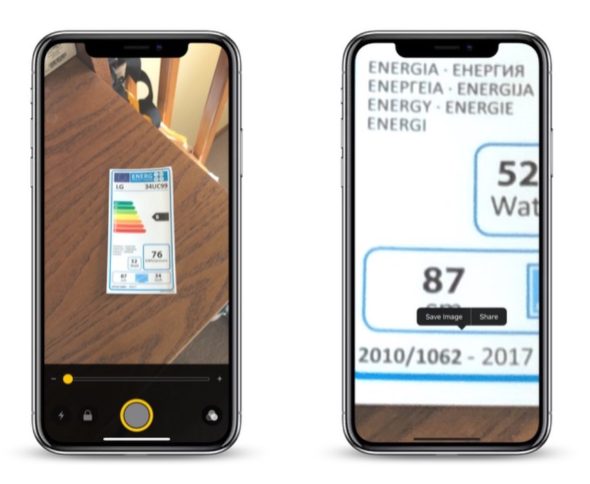
A magnifier or eyepiece, a tool for people with disabilities, can be used to magnify such as signs on doors or small writing on documents to help you see things more clearly. This app has been around since iOS 10, but Apple developed it in iOS 14 and gave it more attention, and it now has people-discovery capabilities.
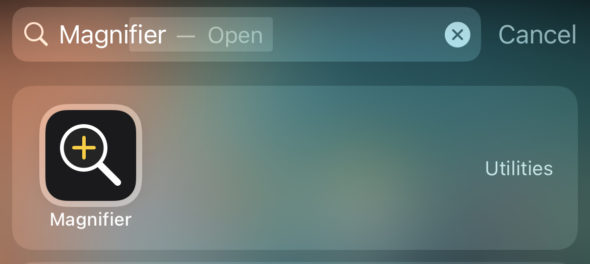
Before iOS 14, you could only open Magnifier using the Accessibility shortcut, by triple-clicking the Home button or the Side button, or through the Control Center. You can still use these two methods to open it as well, but now you can also open it from an icon in its home screen, by clicking on the back on the iPhone after setting it up using the Back Tap or back click, or via Siri or from a dedicated shortcut.
Aside from adding these new ways to find Magnifier, iOS 14 also gave the tool a new interface, hidden controls, a customizable toolbar, improved filter management, and more. If you haven't tried Magnifier yet, you should try it as it may be of great help to you.
Typing Center
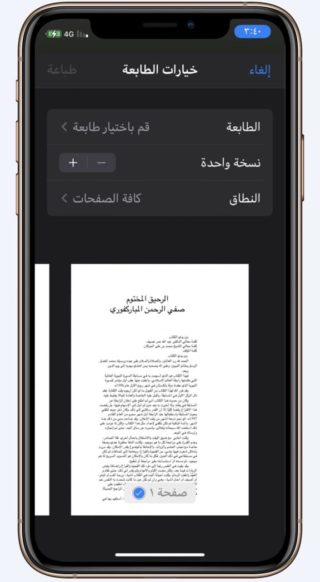
The iPhone is equipped with AirPrint, and the application that does all the work is called "Print Center". Unlike the two apps above, there is no way to open the Print Center directly, but you can open it through the app switcher if the print job is in the queue or in the middle of a print.
To find the Print Center, you can select "Print" from the posts window on a document, photo, or other printable file, choose your print settings, and press "Print."
Then, when the printer starts to print, you can open the app switcher, and you will see Print Center; Click on it to open it. You will see a list of all the print jobs queued in the app, and you can click each one to see more details about it or cancel printing. When all print jobs are finished, the order page will simply show “No documents waiting”.
The diagnosis
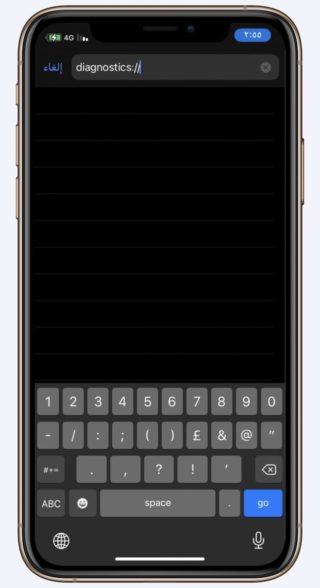
If you type "diagnostics://In Safari and go or go, you'll open the Diagnostics app, which Apple uses to read diagnostic data to help troubleshoot any issues you might encounter. Without getting a number from Apple to go through the diagnostic process and then putting it after the URL scheme, it won't do you much good.
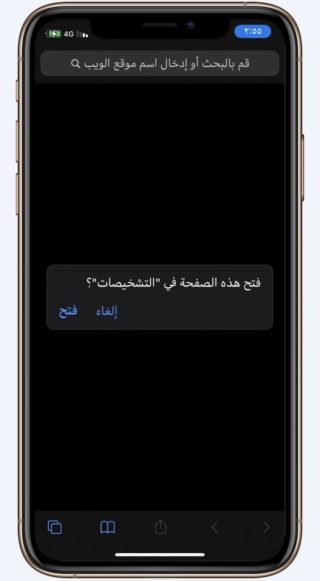
There is also another way to open diagnostics. First, turn off the iPhone, then connect it to a power source. Right after that, press and hold the volume buttons until you see the Apple logo appear on the screen. Shortly after, Diagnostics will open, where you can "Start Diagnosis". This is similar to the diagnostic tool available on Mac computers, except that it won't run any tests without asking Apple first.
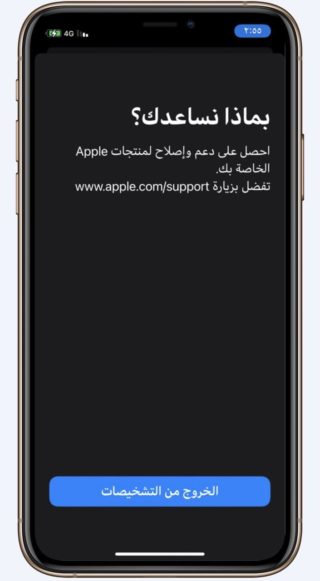
You can click the info button (i) to view your iPhone's serial number, MEID, and IMEI, but all of this information is readily available in Settings - General - About.
Field Test
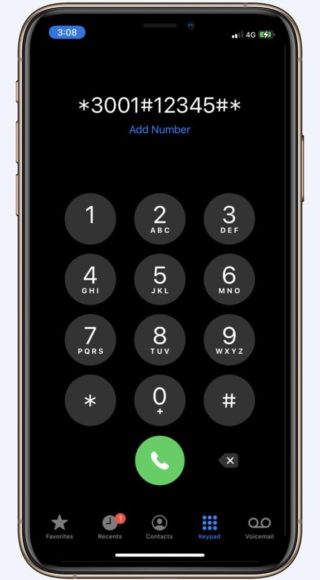
There are several secret codes that you can try with on your iPhone, but only one opens a hidden application called "Field Test."
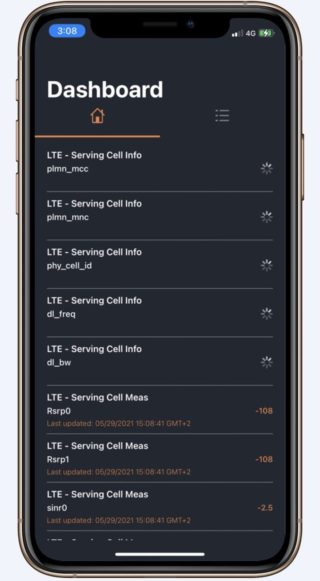
The main reason for using this hidden app is to check the cellular reception strength of your iPhone with “dBm-milliwatt” decibel numbers instead of the signal bars in the status bar.
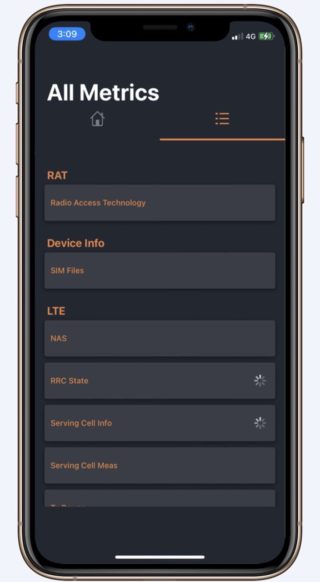
To open the Field Test application, type * 3001 # 12345 # * into the mobile application, then press the call button, "It will only work if the iPhone-language is in English."
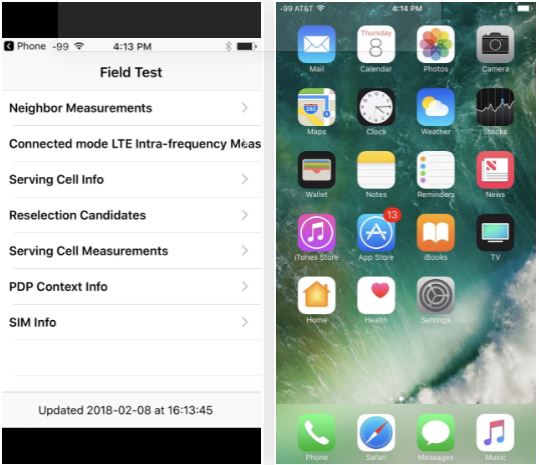
Source:
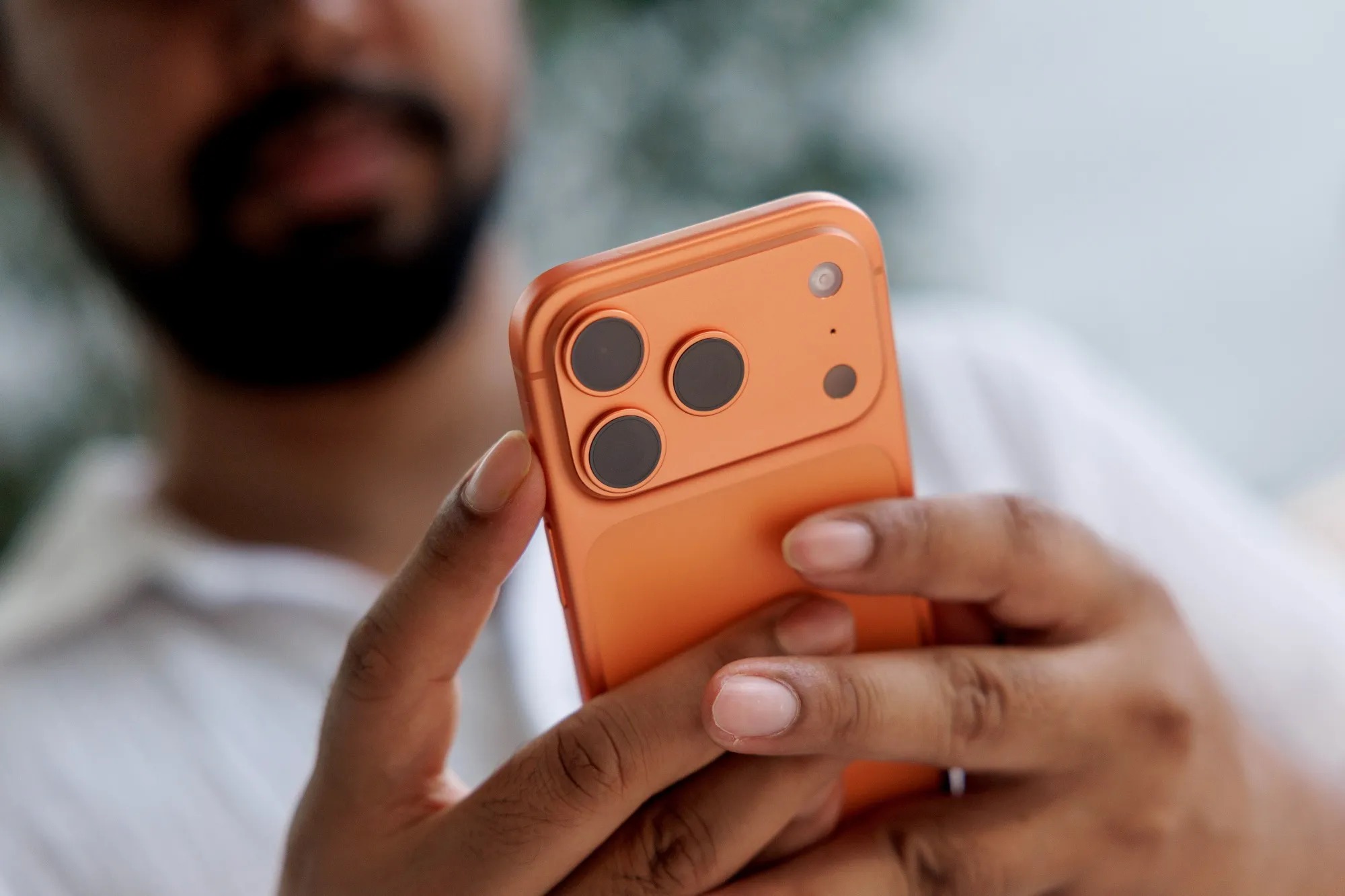
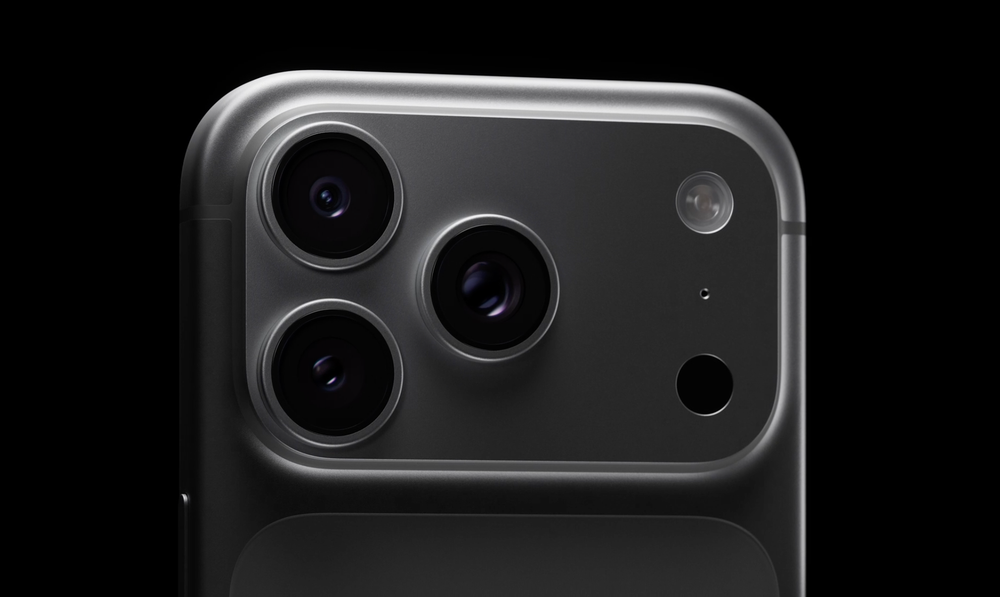

27 comment